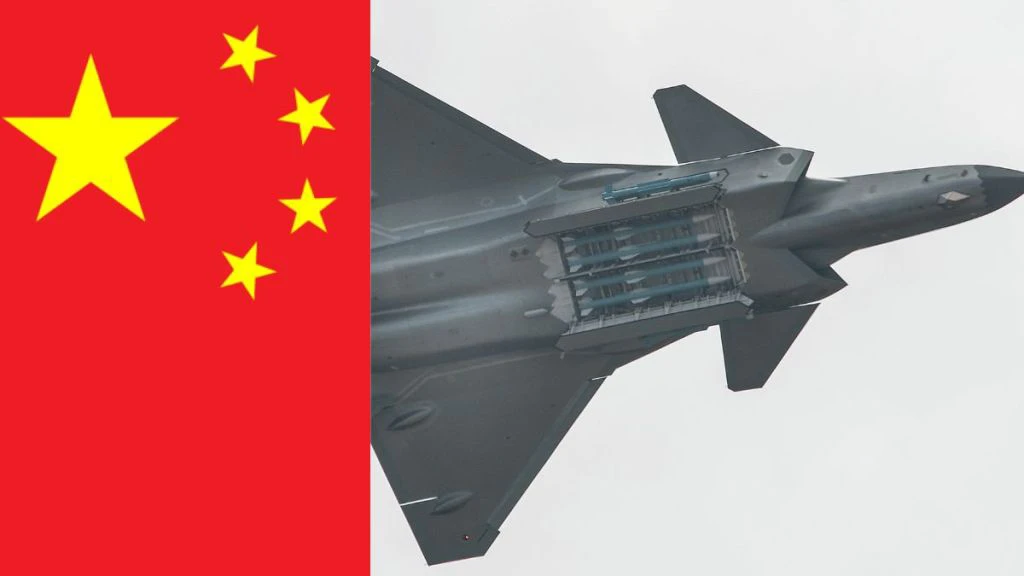Amid the Indo-Pak tension, there are reports that Pakistan Air Force has received China’s PL-15. The Pakistan Air Force (PAF) has unveiled images of its newest JF-17 Block III fighter jets equipped with PL-15 Beyond Visual Range (BVR) air-to-air missiles mounted on dual racks.
According to ClashReport, a defense-focused outlet with close to 500,000 followers, the PL-15 missiles showcased on the PAF jets reportedly originate from the internal stockpiles of China’s People’s Liberation Army Air Force (PLAAF), rather than being the export-model PL-15E.
If that occurs, the advanced PL-15 missiles could give the PAF a tactical edge because of their long range, enabling PAF fighter jets to target IAF aircraft from considerable distances, as reported by Asian Times.
However, officials have not confirmed this report. This development would fit within the ongoing strengthening alliance between Beijing and Islamabad regarding their defence relations.
About China’s PL-15
PL-15 is the most important weapon of China. Last year, in November, Beijing showcased this at the Zhuhai air show. PL-15 is developed by Aviation Industry Corporation of China, a state-owned Chinese aerospace conglomerate. PL-15 is a long-range air-to-air missile. It has an Active electronically scanned array radar. The operational range of the missile is claimed to be 200 to 300 Km, which is 120 to 190 miles. It can travel at a speed of Mach 5+. The Chengdu J-20 stealth fighter can take four PL-15 along with it.
PL-15 Vs AIM-120 Vs Meteor
The PL-15 air-to-air missile started serving the PLAAF in 2018 after Beijing developed it to compete against the American AIM-120D AMRAAM with ranges of about 100 miles and speeds exceeding Mach 4. PL-15 made its debut in PLAAF service in 2018 and Chinese officials promote it as a response to the U.S. AIM-120D AMRAAM, which operates at 100 miles range and attains Mach 4 speeds.
The PL-15 reaches flight speeds beyond Mach 5 while having a slower terminal speed compared with the Meteor ramjet-fueled engine, which sustains top speeds during various phases of its flight against target aircraft. The PL-15 operational system operates with a dual-pulse solid-fuel rocket motor. When using solid propellant missiles the short burn duration occurs alongside higher burn-out speeds as compared to ramjet sustainer missiles.
The peak velocity of the PL-15 missile exceeds Mach 5, but the missile cannot maintain this speed over the entire duration of its flight. Pilots operating Meteor missiles gain access through the data link system to modify their target engagements during flight activities. Through real-time monitoring, the pilot gains access to crucial data about missile tracking performance, together with energy status and remaining fuel resources. Soft copies and live-fire testing show that Meteor surpasses PL-15 because it has undergone much more extensive testing than its Chinese counterpart. The battle-readiness of Meteor continues to grow because the missile system has been deployed into four combat aircraft platforms including Rafale, Gripen, and Eurofighter Typhoon, as well as fifth-generation fighters, including F-35 and KF-21.
